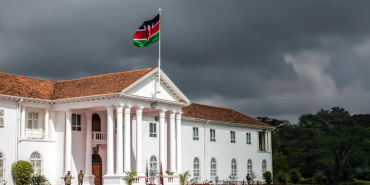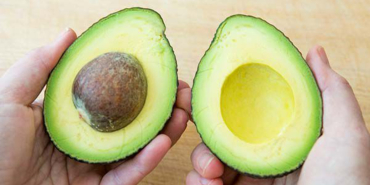Kenyan Shilling Holds Steady for a Week as Forex Market Finds Balance

The Kenyan shilling demonstrated remarkable stability during the week of August 26 to August 30, 2024, maintaining a consistent exchange rate of 129.25 against the US dollar.
This steadiness is attributed to a balanced equilibrium between dollar demand and supply, coupled with strategic interventions by the Central Bank of Kenya. Market analysts observe that the demand for dollars from the manufacturing sector was effectively counterbalanced by foreign currency inflows, particularly from investors purchasing government infrastructure bonds. This equilibrium played a crucial role in preserving the shilling's value throughout the week. The Central Bank of Kenya's proactive approach, which involved purchasing dollars, further contributed to mitigating currency volatility. As the week drew to a close on Friday, August 30, commercial banks reported the shilling trading at 129.25 against the dollar, unchanged from the previous day's closing rate.
Traders noted an even distribution of demand and supply, with no significant bias towards either side of the market. One trader remarks on the presence of substantial foreign exchange demand, offset by offshore flows directed towards infrastructure bonds. Another trader highlights the lack of notable interest in either direction, with no major transactions on bids or offers. The shilling's stability has been a consistent trend since February, alleviating concerns about a potential default on Kenya's 310 billion shillings ($2 billion) Eurobond that matured in June. This steadiness has been viewed as a positive indicator for East Africa's most stable economy, especially in light of recent challenges, including a downgrade by Moody's credit rating agency in early July.
Despite these hurdles, the shilling has emerged as one of the best-performing currencies globally, having appreciated by approximately 17 per cent against the dollar. Looking ahead, analysts anticipate continued stability for the local currency, buoyed by increased investor confidence. Projections suggest potential gains for the shilling driven by reduced foreign currency demand from fuel importers and manufacturers. Experts believe that the shilling will maintain its stability against the dollar as these key sectors adjust their purchasing strategies.
The Central Bank of Kenya's proactive management of foreign exchange reserves has been instrumental in ensuring the shilling's stability. By strategically purchasing dollars, the central bank aims to prevent excessive volatility and bolster investor confidence in the Kenyan economy. This approach has proven effective in maintaining the shilling's strength despite external pressures and domestic challenges. In parallel with the central bank's efforts, the Kenyan government has been implementing various economic reforms to enhance fiscal policies and attract foreign investment. These initiatives are designed to improve overall economic stability and foster growth prospects for the country.














Comments
The pound used to be 20…
Permalink
The pound used to be 20 Kenya shilling before Nyayo & YK92 (Jirongo & Ruto) printed money. Bao, Kibau
Add new comment